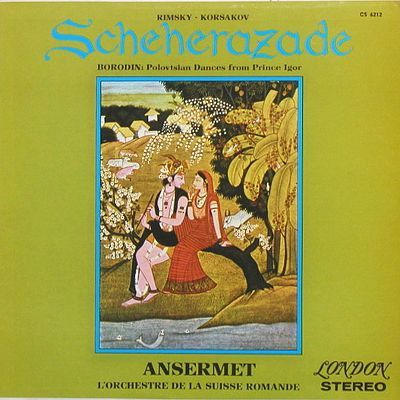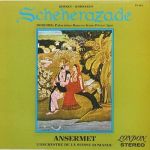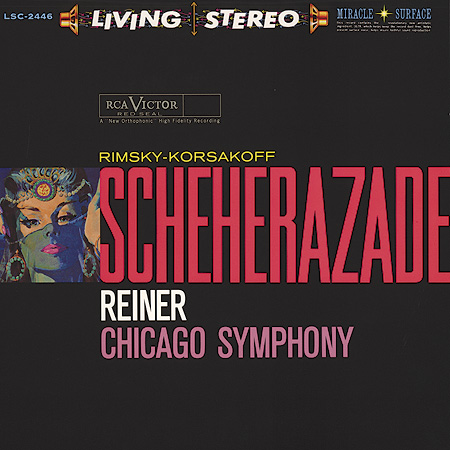
Hot Stamper Orchestral Pressings Available Now
Advice on What to Listen For on Classical Records
The Classic reissue of LSC 2446, as well as the Analogue Productions version from 2013 (the original 33 is the only one I have played, mastered by Ryan Smith at Sterling), are both disasters for many reasons, but they do have one specific failing that is easy to recognize.
They are both worth worth further discussion and analysis because they provide an easy test that can shown you how wrong they are. When reading the commentary below, keep in mind that what is bad about the Classic Records reissue from 1995 is what is bad about the Analogue Productions remaster put out many years later.
As I noted for some of the Classic Heifetz titles a while back, for all I know the CDs for his Living Stereo recordings may have better sound. That’s probably the first place to go, considering Classic’s rather poor track record regarding the remastering of his music.
Case in point: The Living Stereo CDs I own (both the CD and the SACD) of Scheherazade are dramatically better than the awful Classic Records pressing of it.
Audiophiles who don’t notice what is wrong with the Classic pressing need to get hold of a nice RCA White Dog pressing to see just how poorly the Classic stacks up. (They could even find one that’s not so nice and listen through the surface noise. The difference would still be obvious.)
The solo violin in the left channel at the opening of the first movement should be all it takes.
Anyone has ever attended a classical music concert will have no trouble recognizing that the violin on any of the Heavy Vinyl pressings, including the Analogue Productions pressing, is completely wrong and sounds nothing like a violin in a concert hall would ever sound.
And I mean ever.
No matter where you might be sitting.
No matter how good or bad the hall’s acoustics.
The violin on these Heavy Vinyl pressings is dark, it’s veiled, and it’s overly rich, as well as lacking in overtones.
Solo violins in live performance never sound anything like that.
They are clear, clean and present. You have no trouble at all “seeing” them, no matter where you sit.
My best sounding White Dog pressing had that kind of clear and present sound for the violin.
Neither of the Heavy Vinyl reissues (the Classic and the Analogue Productions) I auditioned did.
A pressing of Scheherazade that fails to reproduce the solo violin, the musical voice of the young lady herself, fails utterly and completely, regardless of how big, rich and powerful the opening brass may be.
If you think your Heavy Vinyl pressings are doing justice to the sound of classical music, please attend a live concert as soon as possible in order to disabuse yourself of that notion.
Once you hear how unfaithful your remastered classical records are to the sound of the actual instruments in live performance, you can begin to collect records of higher fidelity.
Would Adjusting the VTA for the Heavier Weight Vinyl Fix the Problem?
Probably not. VTA is all about balance. You can get the violin to be brighter and clearer by changing the VTA, but now listen for the weight of the opening brass. When the VTA is wrong, the brass won’t sound right. Neither will the percussion. Neither will the space of the hall be right. Neither will the orchestral perspective.
Adjusting for all these elements involve tradeoffs. When all the elements sound close to their best, and none of them are “wrong,” the VTA is pretty much right.
And that solo violin will not be much better. It is what it is, it sounds the way it sounds, because the mastering engineer got it wrong.
You cannot fix bad mastering by changing the VTA.
(more…)










